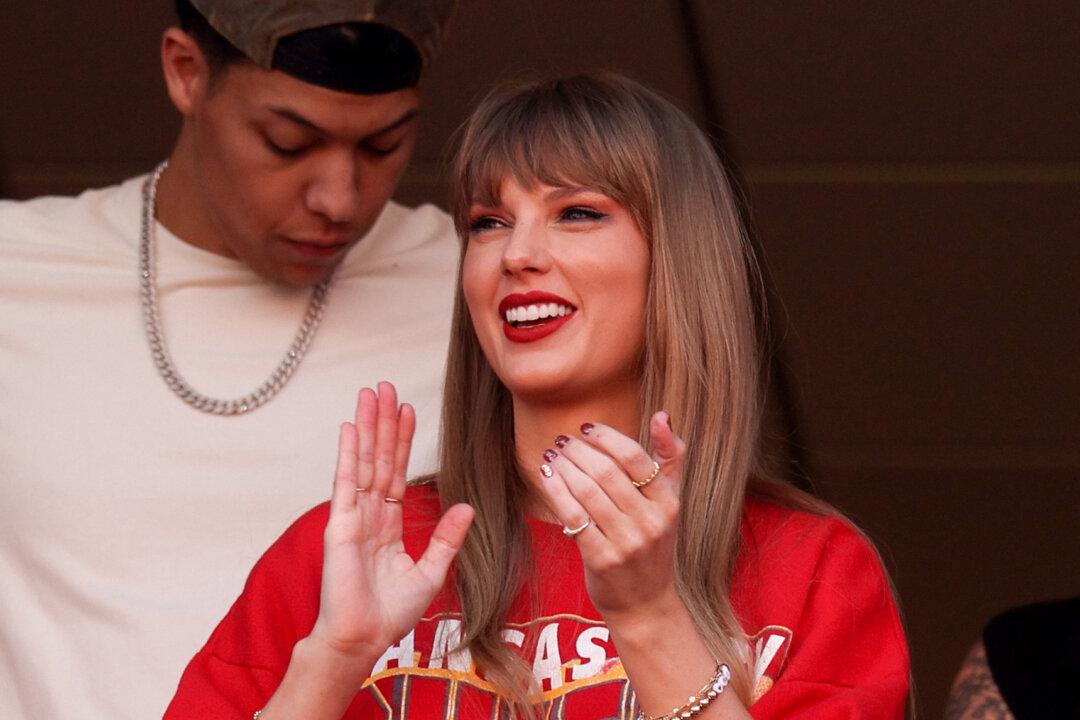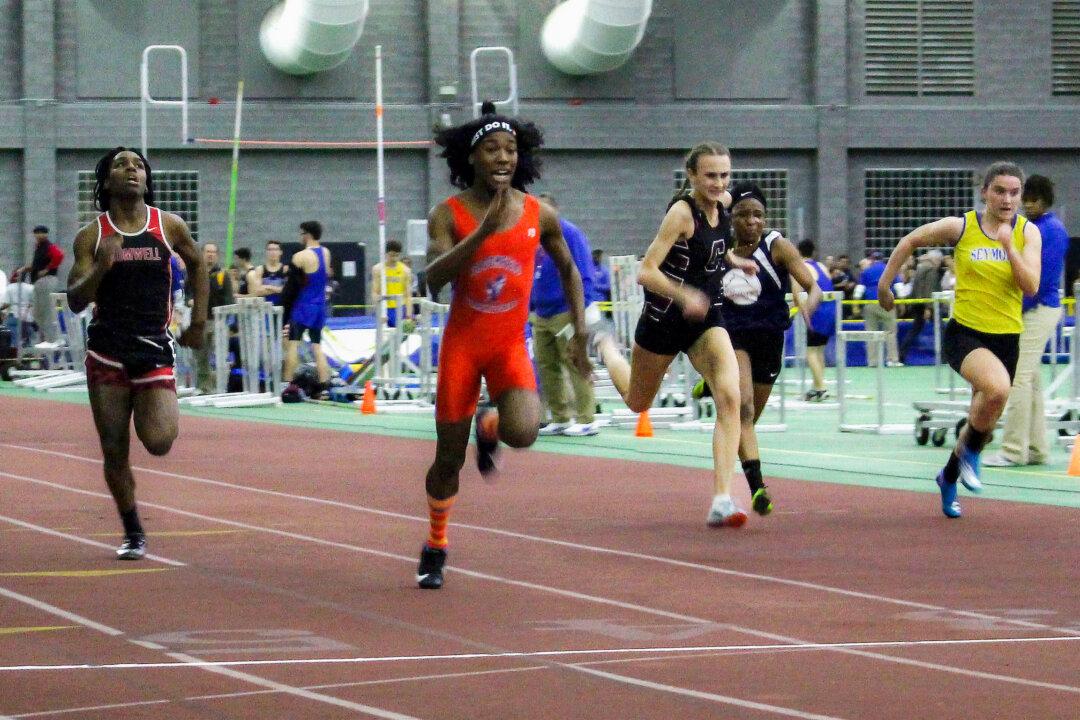Commentary
Let’s be honest: Taylor Swift is no conservative. From her endorsement of Democrat Joe Biden in his 2020 presidential race to her romance with Kansas City Chiefs tight end Travis Kelce of the now-irritatingly woke National Football League, the 34-year-old billionairess singer-songwriter can drive the right flank of the political spectrum crazy.





